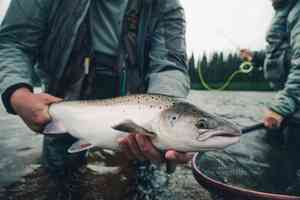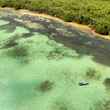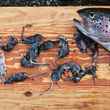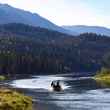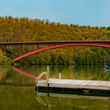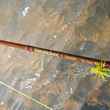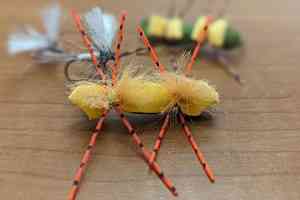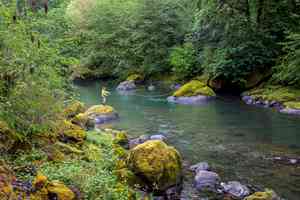I swim in waders, that is, I swim inside waders. Let's face it, waders are just glorified overalls. And, since fly fishing is a sport dominated by men, most of these glorified overalls are built for men. The reality is, women’s needs when it comes to waders differ significantly from that of men, and waders that are designed for men simply do not work for women. For years, fly fishing women have been in the market for options in the world of waders that fit and function well for women.
Men vs. Women
The most obvious difference between men and women is that our curves are in entirely different places on our body. My first pair of waders was men’s waders, designed for a man’s body. And it should come as no surprise that they were ill-fitting and frumpy. On the plus side, I probably could have stored all my gear inside at the same time I wore them.

